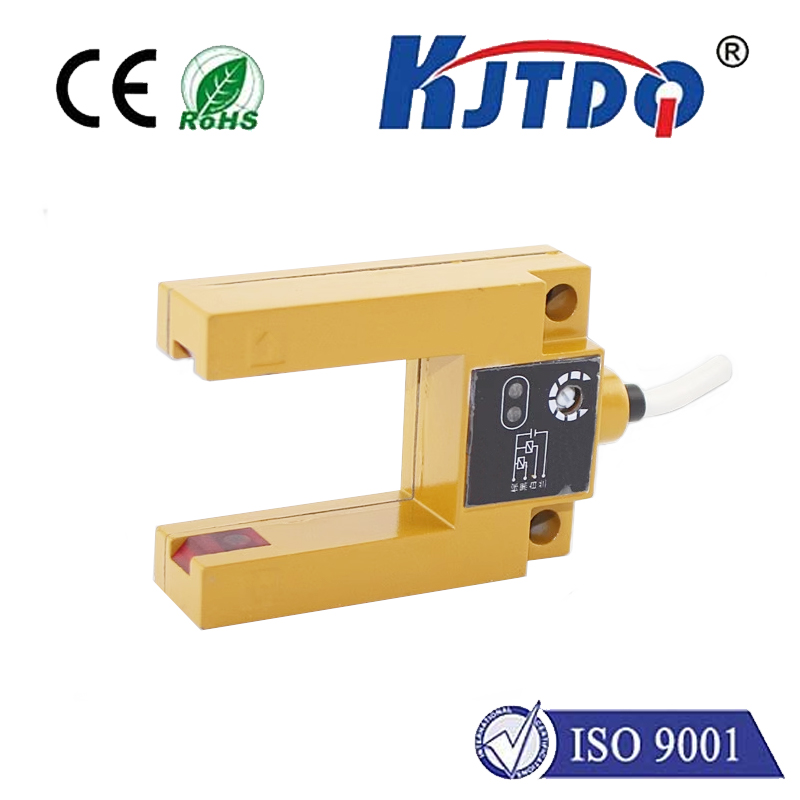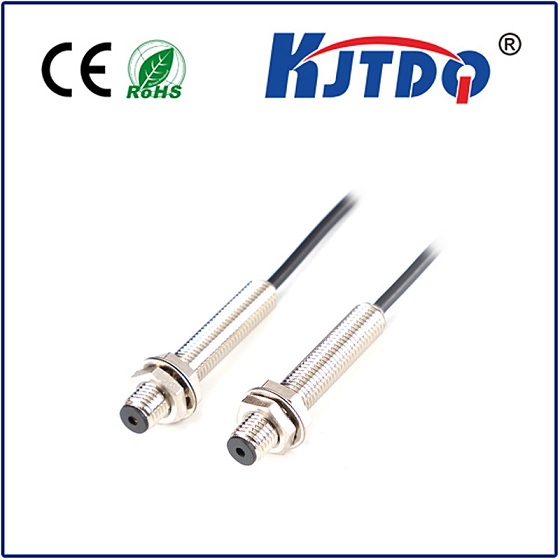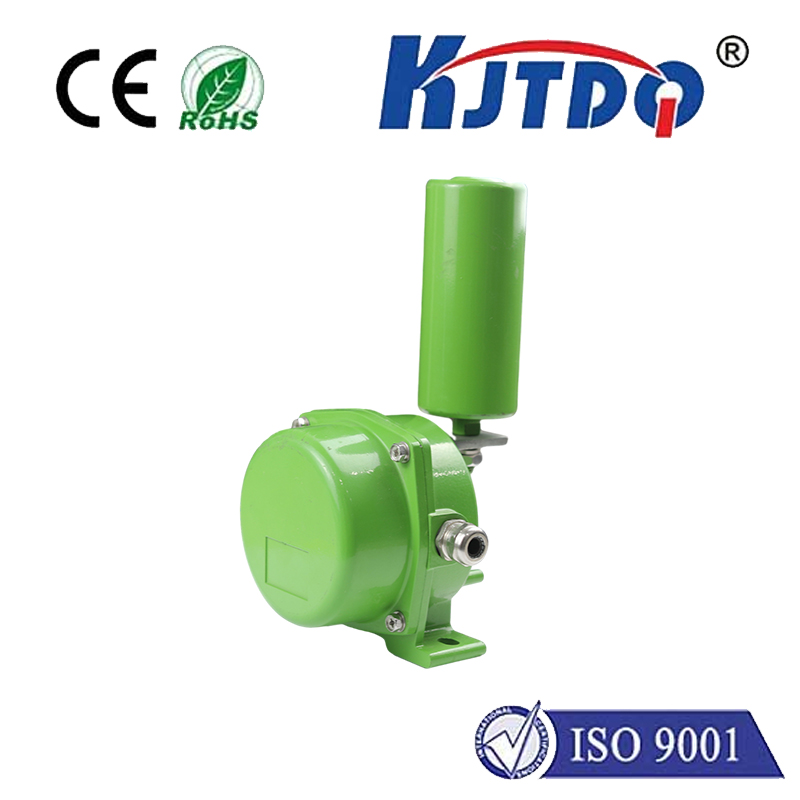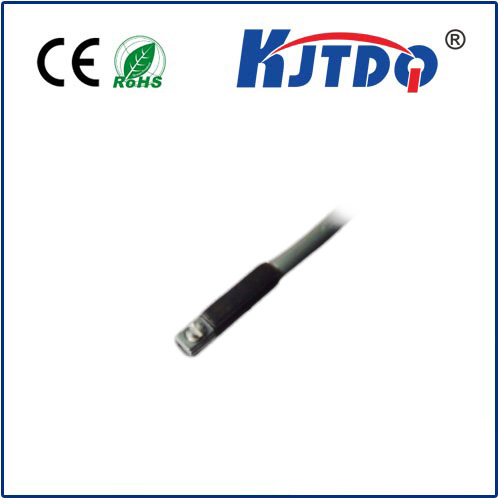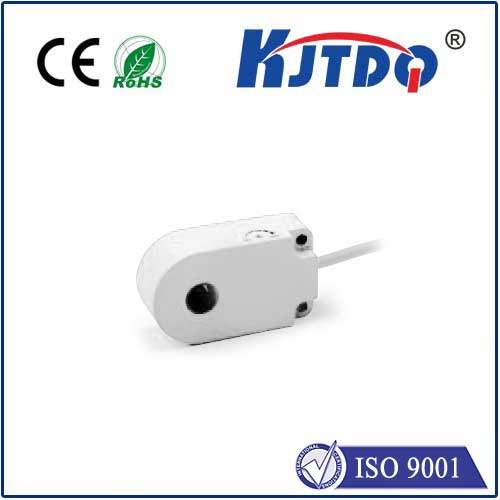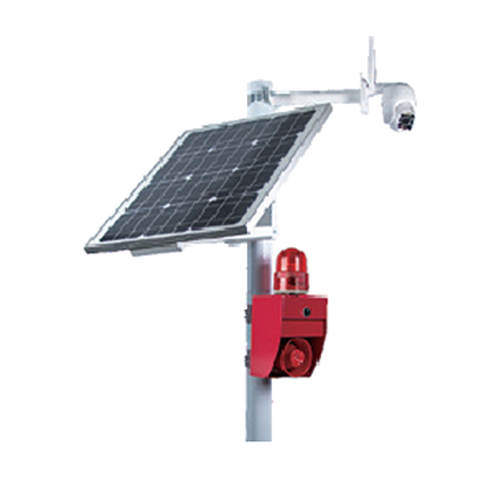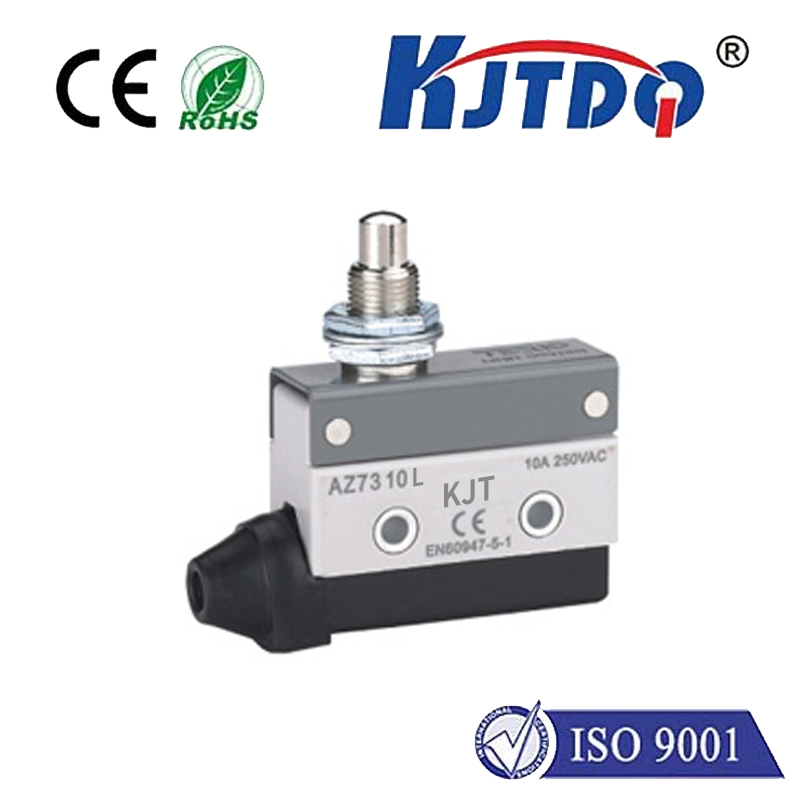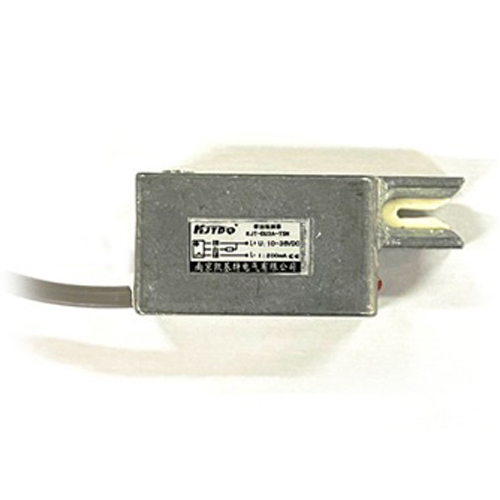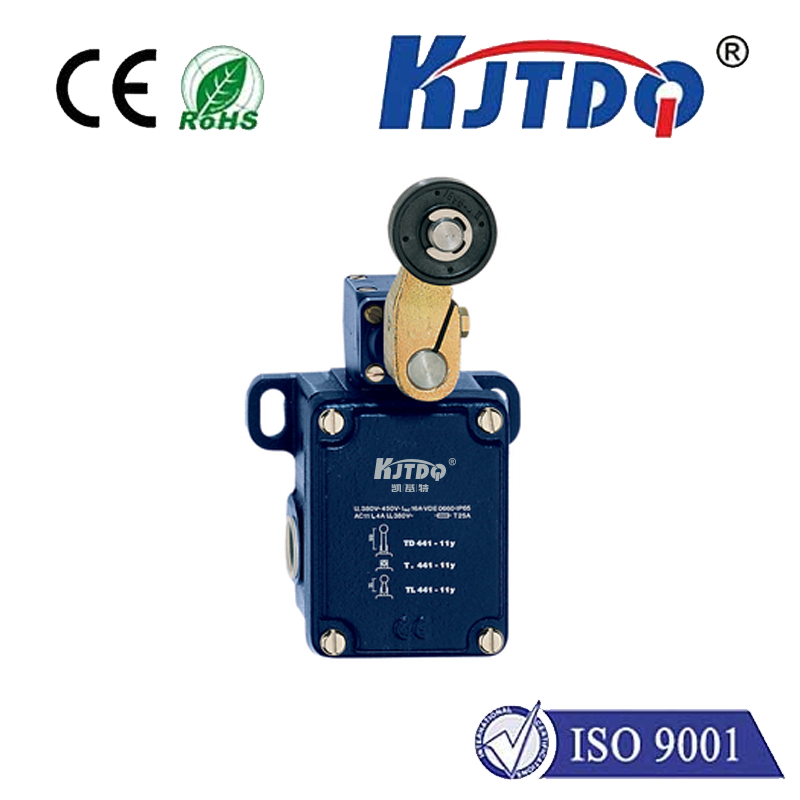optical sensor for color detection
- time:2025-09-13 04:03:20
- Click:0
Beyond the Eye: How Optical Sensors Power Precise Color Detection
Title: How Optical Sensors Revolutionize Color Detection in Modern Technology
Imagine a Renaissance master meticulously grinding minerals for pigments, relying solely on their trained eye to judge color fidelity. Contrast that with today’s high-speed production line, where thousands of products zip by every minute, each instantly inspected for perfect color consistency by an unseen sentinel. This incredible leap in precision and efficiency is largely thanks to the sophisticated capabilities of optical sensors for color detection. These remarkable devices bridge the physical world of visible light and the digital realm, translating the subtleties of color into actionable data that drives automation, quality control, and innovation across countless industries.
Seeing the Light: The Fundamental Principle
At its heart, an optical color sensor operates on the principle that different materials and surfaces reflect, absorb, or transmit light in unique ways across the visible spectrum (approximately 380nm to 750nm wavelength). Unlike a simple light sensor that might just measure overall intensity (brightness), a dedicated color detection sensor analyzes the spectral composition of the reflected or transmitted light. This allows it to distinguish between hues, shades, and even minute variations that might be indistinguishable to the human eye under certain conditions.
Key Mechanisms: How Color Becomes Data

Modern optical color sensors employ several core techniques:
- RGB (Red, Green, Blue) Sensing: This is one of the most common and cost-effective approaches. Sensors incorporate photodiodes with integrated color filters (typically red, green, and blue) directly over the pixel array, mimicking the human eye’s cone cells. By measuring the intensity of light passing through each filter independently, the sensor outputs RGB values. A microcontroller or dedicated processing unit then interprets these values to identify or differentiate colors based on predefined thresholds or libraries. This method is highly effective for applications requiring basic color sorting or identification where absolute spectral precision is less critical.
- Filter-Based Spectrometers: For higher precision and the ability to analyze a broader spectrum, sensors use more complex optical elements. Light enters through a slit, is collimated, and then dispersed using a grating or prism. The dispersed light (a spectrum) is projected onto an array of photodetectors (like a CCD or more commonly CMOS sensor). Each pixel in the array corresponds to a specific narrow band of wavelengths. By reading the intensity at each pixel position, the sensor builds a detailed spectral response curve (“spectral fingerprint”) of the target. This provides rich, highly accurate data, enabling discrimination between colors with very similar visual appearances but different spectral signatures. These are often called color sensors with spectral capability.
- Multi-Spectral and Hyperspectral Imaging: Building on spectrometer principles, these advanced sensors capture spectral information across many more narrow bands (dozens to hundreds) and often combine this with spatial resolution (imaging). This provides a “data cube” (x, y, wavelength) for each pixel in an image, enabling incredibly sophisticated analysis of material composition, chemical properties, and subtle color variations beyond simple RGB detection. While more complex and expensive, they are powerful tools in research and high-end industrial inspection.
The Engine of Accuracy: Spectral Sensitivity and Calibration
The core capability of any optical color sensor hinges on its spectral sensitivity. This defines how effectively it responds to different wavelengths of light. Sensor manufacturers design the photodetectors and employ specific filters to optimize sensitivity across the visible range. Calibration is equally crucial. Factors like the color temperature of the illumination source (consistent, stable lighting is essential!), ambient light conditions, and even minute sensor variations can affect readings. Sophisticated sensors incorporate calibration routines, often referencing known white or color standards, to ensure consistent and accurate color measurements over time and varying environmental conditions.
Where Brilliance Meets Application: Real-World Impact
The precision of optical color sensors drives efficiency and quality in diverse sectors:
- Industrial Automation & Manufacturing: Enforcing strict color quality control in textiles, plastics, paints, printing (verifying Pantone matches), automotive parts (interior/exterior trim), ceramics, and packaging. Ensuring brand colors are perfect every time. High-speed color sorting systems in food processing (e.g., sorting ripe vs. unripe fruits, removing defective grains or nuts, separating recyclables by plastic color) rely heavily on these sensors.
- Consumer Electronics: Calibrating displays (smartphones, TVs, monitors) for accurate color reproduction. Ensuring consistent backlighting on keyboards or devices.
- Medical Diagnostics & Life Sciences: Used in blood analyzers, urine test strip readers, and other diagnostic equipment where color changes indicate chemical reactions or biological markers. Analyzing cell cultures or tissue samples.
- Agriculture: Assessing ripeness of fruits and vegetables in the field or during sorting/packaging. Monitoring plant health based on leaf color.
- Robotics & Machine Vision: Giving robots the “eyes” to identify objects based on color for picking, sorting, or assembly. Guiding autonomous vehicles or drones by recognizing colored markers or signs.
- Security & Authentication: Verifying the authenticity of banknotes, passports, or branded products by detecting specific security inks or color-shifting features only visible under certain wavelengths.
Advantages Driving Adoption
- Speed & Efficiency: Capable of making millions of instantaneous color judgments per day, far surpassing human capabilities.
- Accuracy & Consistency: Provides objective, repeatable measurements unaffected by fatigue or subjective human perception. Crucial for meeting stringent quality standards.
- Non-Contact Operation: Allows inspection of sensitive, moving, or hazardous materials without physical touch.
- Integration: Compact designs facilitate easy integration into automated production lines and existing machinery.
- Cost-Effectiveness: Reduces waste, minimizes rework, and improves overall yield, leading to significant long-term savings.
Challenges and Considerations
While powerful, optical color detection isn’t foolproof. Key challenges include:
- Complexity of Color: Distinguishing colors under different lighting conditions (the infamous “metamerism” problem – two colors match under one light source but not another). Highly glossy or textured surfaces can reflect light unpredictably.
- Lighting Dependency: Consistent, appropriate illumination is non-negotiable. The sensor’s reading is only as good as the light hitting the target. Variations in ambient light must be controlled or compensated for.
- Calibration Maintenance: Sensors require periodic recalibration to maintain accuracy, especially in demanding industrial environments. Dust, condensation, or mechanical shock can affect performance.
- Environmental Factors: Extreme temperatures, humidity, or exposure to harsh chemicals can impact sensor longevity and accuracy.
The Evolving Spectrum: Future Trends
The field continues to advance rapidly. Miniaturization enables integration into ever-smaller devices and portable instruments. Improvements in sensor sensitivity and processing power allow for faster analysis and detection of finer color nuances. Machine learning algorithms are increasingly used to enhance pattern recognition within color data, improving robustness against lighting variations and complex backgrounds. The convergence of hyperspectral imaging with AI promises even deeper material analysis capabilities beyond simple color identification.
From ensuring the vibrant red of a sports car is flawless on every panel to guaranteeing the safety and quality of the food we eat, optical sensors for color detection are indispensable tools silently shaping our manufactured world. They transform the subjective nature of color perception into quantifiable, reliable data – proving that sometimes, seeing truly is believing, especially when it’s done with digital precision.







